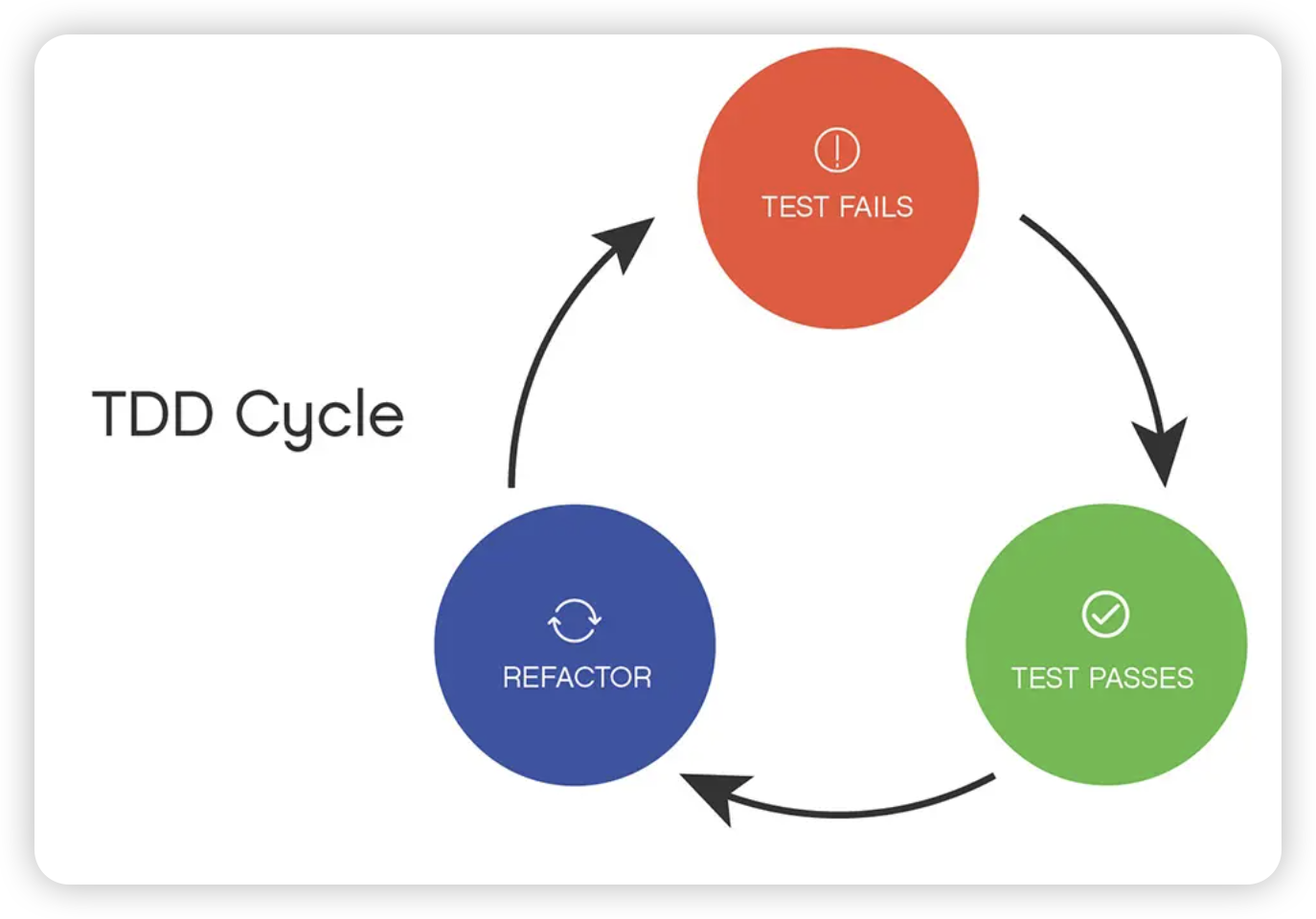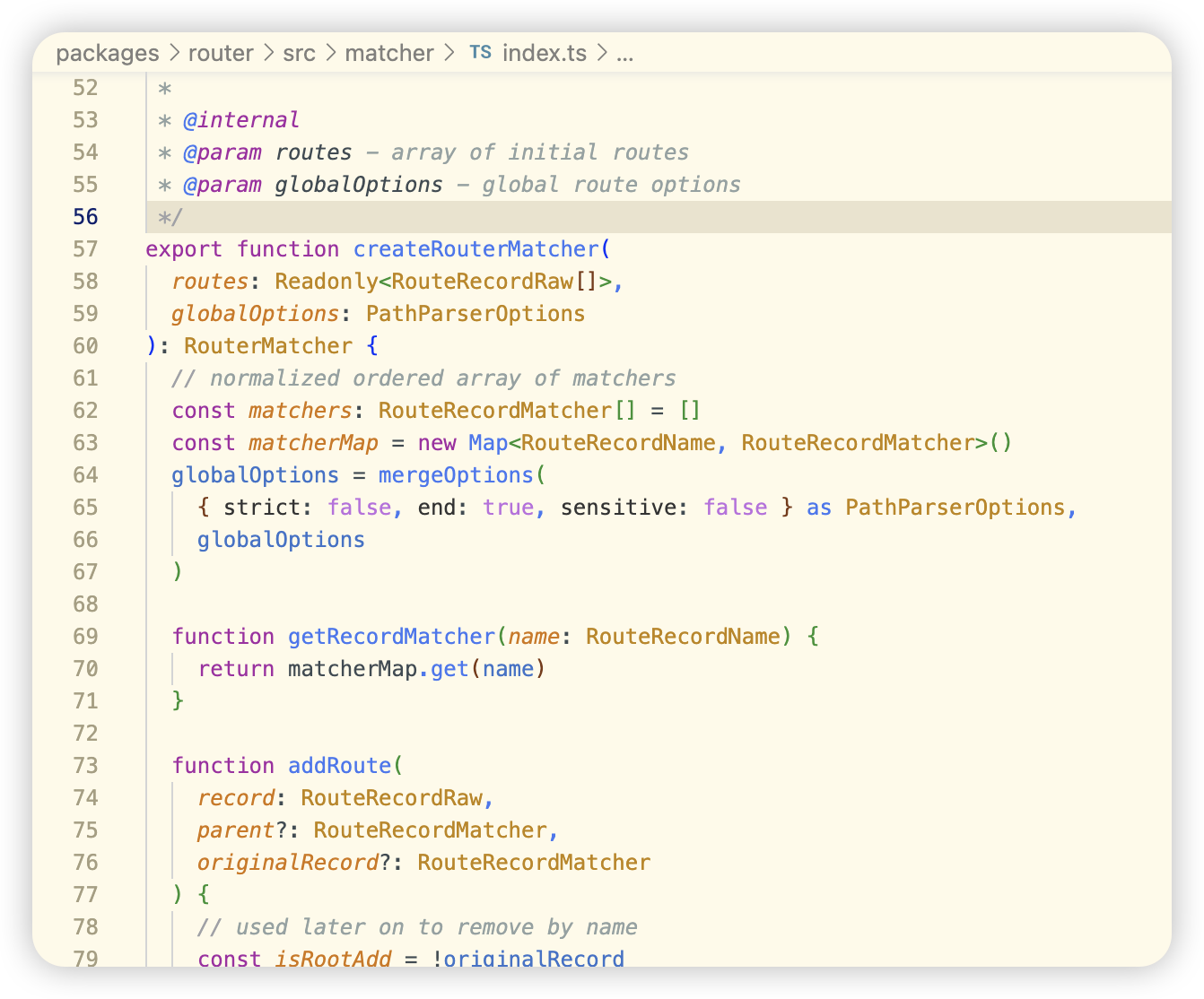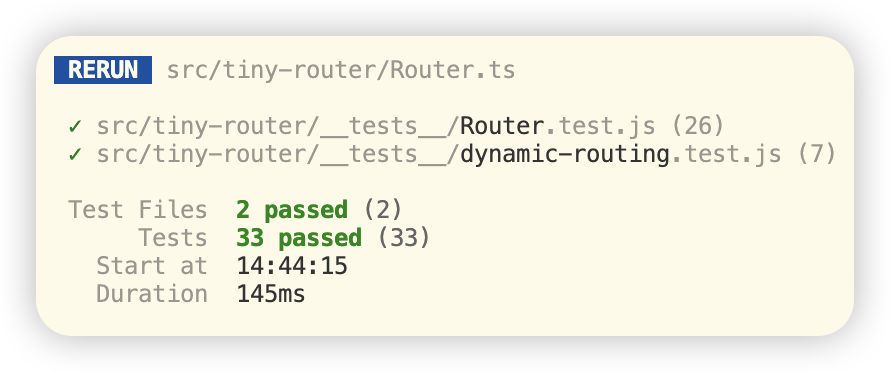1
2
3
4
5
6
7
8
9
10
11
12
13
14
15
16
17
18
19
20
21
22
23
24
25
26
27
28
29
30
31
32
33
34
35
36
37
38
39
40
41
42
43
44
45
46
47
48
49
50
51
52
53
54
55
56
57
58
59
60
61
62
63
64
65
66
67
68
69
70
71
72
73
74
75
76
77
78
79
80
81
82
83
84
85
86
87
88
89
90
91
92
93
94
95
96
97
98
99
100
101
102
103
104
105
106
107
108
109
110
111
112
113
114
115
116
117
118
119
120
121
122
123
124
125
126
127
128
129
130
131
132
133
134
135
136
137
138
139
140
141
142
143
144
145
146
147
148
149
150
151
152
153
154
155
156
157
158
159
160
161
162
163
164
165
166
167
168
169
170
171
172
173
174
175
176
177
178
179
180
181
182
183
184
185
186
187
188
189
190
191
192
193
194
195
196
197
198
199
200
201
202
203
204
205
206
207
208
209
210
211
212
213
214
215
216
217
218
219
220
221
222
223
224
225
226
227
228
229
230
231
232
233
234
235
236
237
238
239
240
241
242
243
244
245
246
247
248
249
250
251
252
253
254
255
256
257
258
259
260
261
262
263
264
265
266
267
268
269
270
271
272
273
274
275
276
277
278
279
280
281
282
| import Router from "../Router.ts";
import { describe, it, expect, beforeEach, afterEach, vi } from 'vitest';
const HELLO = { template: '<div>Hello World</div>' };
describe('路由初始化', () => {
let addEventListenerSpy;
let originalPathname;
let originalHash;
beforeEach(() => {
originalPathname = window.location.pathname;
originalHash = window.location.hash;
addEventListenerSpy = vi.spyOn(window, 'addEventListener');
});
afterEach(() => {
window.history.pushState({}, '', originalPathname);
window.location.hash = originalHash;
addEventListenerSpy.mockRestore();
});
it('路由构造函数默认值', () => {
const router = new Router();
expect(router.mode).toBe('history');
expect(router.routes.size).toBe(0);
});
it('路由构造函数自定义值', () => {
const routes = [{ path: '/home', component: HELLO }];
const router = new Router({ mode: 'hash', routes });
expect(router.mode).toBe('hash');
expect(router.routes.size).toBe(1);
});
it('处理路由变化时调用错误处理程序', async () => {
const router = new Router();
const errorHandler = vi.fn();
const error = new Error('测试错误');
router.onError(errorHandler);
router.beforeEach(() => { throw error; });
await router.handleRouteChange('/home');
expect(errorHandler).toHaveBeenCalledWith(error);
});
it('readyResolve 在路由变化后应只调用一次', async () => {
const router = new Router();
const readyResolveSpy = vi.spyOn(router, 'readyResolve');
router.addRoute('/home', HELLO);
await router.push('/home');
expect(readyResolveSpy).toHaveBeenCalledTimes(1);
});
it('convertToRegex 应该正确转换动态路由', () => {
const router = new Router();
const regex = router.convertToRegex('/home/:id');
expect(regex).toBe('/home/([^\\s/]+)');
});
it('getCurrentPath 在不同模式下应返回正确路径', () => {
const routerHistory = new Router({ mode: 'history' });
window.history.pushState({}, '', '/home');
expect(routerHistory.getCurrentPath()).toBe('/home');
const routerHash = new Router({ mode: 'hash' });
window.location.hash = '#/home';
expect(routerHash.getCurrentPath()).toBe('/home');
});
it('install 应该将路由器注入 Vue 应用', () => {
const app = { config: { globalProperties: {} }, provide: vi.fn(),component: vi.fn()};
const router = new Router();
router.install(app);
expect(app.config.globalProperties.$router).toBe(router);
expect(app.provide).toHaveBeenCalledWith('router', router);
});
it('init 方法应设置事件监听器并调用 onRouteChange', async () => {
const routerHistory = new Router({ mode: 'history' });
expect(addEventListenerSpy).toHaveBeenCalledWith('popstate', expect.any(Function));
const routerHash = new Router({ mode: 'hash' });
expect(addEventListenerSpy).toHaveBeenCalledWith('hashchange', expect.any(Function));
const onRouteChangeSpyHistory = vi.spyOn(routerHistory, 'onRouteChange');
const onRouteChangeSpyHash = vi.spyOn(routerHash, 'onRouteChange');
await routerHistory.init();
await routerHash.init();
expect(onRouteChangeSpyHistory).toHaveBeenCalled();
expect(onRouteChangeSpyHash).toHaveBeenCalled();
});
it('matchRouteComponent 对于未匹配的路径应返回 null', () => {
const router = new Router();
expect(router.matchRouteComponent('/unknown')).toBeNull();
});
it('在路由变化时 currentComponent 应该更新', async () => {
const router = new Router();
router.addRoute('/home', HELLO);
await router.push('/home');
expect(router.currentComponent.value).toEqual(HELLO);
});
it('isReady 应该在路由变化后解析', async () => {
const router = new Router();
const readyPromise = router.isReady();
await router.push('/home');
await expect(readyPromise).resolves.toBeUndefined();
});
it('测试 navigation 方法(go, back, forward)', () => {
const router = new Router();
const goSpy = vi.spyOn(window.history, 'go');
const backSpy = vi.spyOn(window.history, 'back');
const forwardSpy = vi.spyOn(window.history, 'forward');
router.go(1);
expect(goSpy).toHaveBeenCalledWith(1);
router.back();
expect(backSpy).toHaveBeenCalled();
router.forward();
expect(forwardSpy).toHaveBeenCalled();
});
it('router.addRoute 应该成功添加路由', () => {
const router = new Router();
router.addRoute('/home', HELLO);
expect(router.routes).toEqual(new Map([['/home', HELLO]]));
});
it('router.addRoute 接受的不是个组件', () => {
const router = new Router();
expect(() => {
router.addRoute('/home', 'HELLO');
}).toThrowError('component is not a Vue component');
});
it('router.push 和 replace 方法应更新路径并调用 onRouteChange', async () => {
const router = new Router();
router.addRoute('/home', HELLO);
const onRouteChangeSpy = vi.spyOn(router, 'onRouteChange');
await router.push('/home');
expect(router.getCurrentPath()).toBe('/home');
expect(onRouteChangeSpy).toHaveBeenCalled();
await router.replace('/home');
expect(router.getCurrentPath()).toBe('/home');
expect(onRouteChangeSpy).toHaveBeenCalled();
});
it('router.replace 成功', async () => {
const router = new Router();
router.addRoute('/home', HELLO);
await router.replace('/home');
expect(router.getCurrentComponent().value).toEqual(HELLO);
});
it('钩子执行顺序应该是 beforeEach -> beforeResolve -> afterEach', async () => {
const router = new Router();
const callOrder = [];
router.beforeEach(() => { callOrder.push('beforeEach'); return Promise.resolve(); });
router.beforeResolve(() => { callOrder.push('beforeResolve'); return Promise.resolve(); });
router.afterEach(() => { callOrder.push('afterEach'); return Promise.resolve(); });
router.addRoute('/home', HELLO);
await router.push('/home');
expect(callOrder).toEqual(['beforeEach', 'beforeResolve', 'afterEach']);
});
it('onRouteChange 应该正确处理当前路径和未匹配路径', async () => {
const router = new Router();
router.addRoute('/home', HELLO);
window.history.pushState({}, '', '/home');
await router.onRouteChange();
expect(router.currentRoute.value).toBe('/home');
expect(router.currentComponent.value).toBe(HELLO);
window.history.pushState({}, '', '/unknown');
await router.onRouteChange();
expect(router.currentRoute.value).toBe('/404');
});
it('getCurrentPath 方法在未定义模式下应返回根路径', () => {
const router = new Router({ mode: 'invalid' });
expect(router.getCurrentPath()).toBe('/');
});
it('push 和 replace 方法在 hash 模式下应更新 hash 并调用 onRouteChange', async () => {
const router = new Router({ mode: 'hash' });
router.addRoute('/home', HELLO);
const onRouteChangeSpy = vi.spyOn(router, 'onRouteChange');
await router.push('/home');
expect(window.location.hash).toBe('#/home');
expect(onRouteChangeSpy).toHaveBeenCalled();
await router.replace('/home');
expect(window.location.hash).toBe('#/home');
expect(onRouteChangeSpy).toHaveBeenCalled();
});
it('push 和 replace 方法在 hash 模式下应正确处理空 hash', async () => {
const router = new Router({ mode: 'hash' });
const onRouteChangeSpy = vi.spyOn(router, 'onRouteChange');
await router.push('');
expect(window.location.hash).toBe('#/');
expect(onRouteChangeSpy).toHaveBeenCalled();
await router.replace('');
expect(window.location.hash).toBe('#/');
expect(onRouteChangeSpy).toHaveBeenCalled();
});
it('构造函数应该调用 addRoutes 方法', () => {
const addRoutesSpy = vi.spyOn(Router.prototype, 'addRoutes');
new Router({ routes: [{ path: '/home', component: HELLO }] });
expect(addRoutesSpy).toHaveBeenCalled();
addRoutesSpy.mockRestore();
});
it('调用 addRoutes 方法时应该添加所有路由', () => {
const router = new Router();
const routes = [{ path: '/home', component: HELLO }, { path: '/about', component: HELLO }];
router.addRoutes(routes);
expect(router.routes.size).toBe(2);
expect(router.routes.get('/home')).toBe(HELLO);
expect(router.routes.get('/about')).toBe(HELLO);
});
it('readyResolve 在 handleRouteChange 方法中应被调用', async () => {
const router = new Router();
const readyResolveSpy = vi.spyOn(router, 'readyResolve');
router.addRoute('/home', HELLO);
await router.push('/home');
expect(readyResolveSpy).toHaveBeenCalled();
});
it('测试 beforeResolve 钩子', async () => {
const router = new Router();
const beforeResolveHook = vi.fn().mockResolvedValue(undefined);
router.addRoute('/home', HELLO);
router.beforeResolve(beforeResolveHook);
await router.push('/home');
expect(beforeResolveHook).toHaveBeenCalled();
});
it('测试 onError 钩子', async () => {
const router = new Router();
const errorHook = vi.fn();
router.addRoute('/home', HELLO);
router.onError(errorHook);
const error = new Error('测试错误');
router.beforeEach(() => {
throw error;
});
await router.push('/home');
expect(errorHook).toHaveBeenCalledWith(error);
});
});
|






